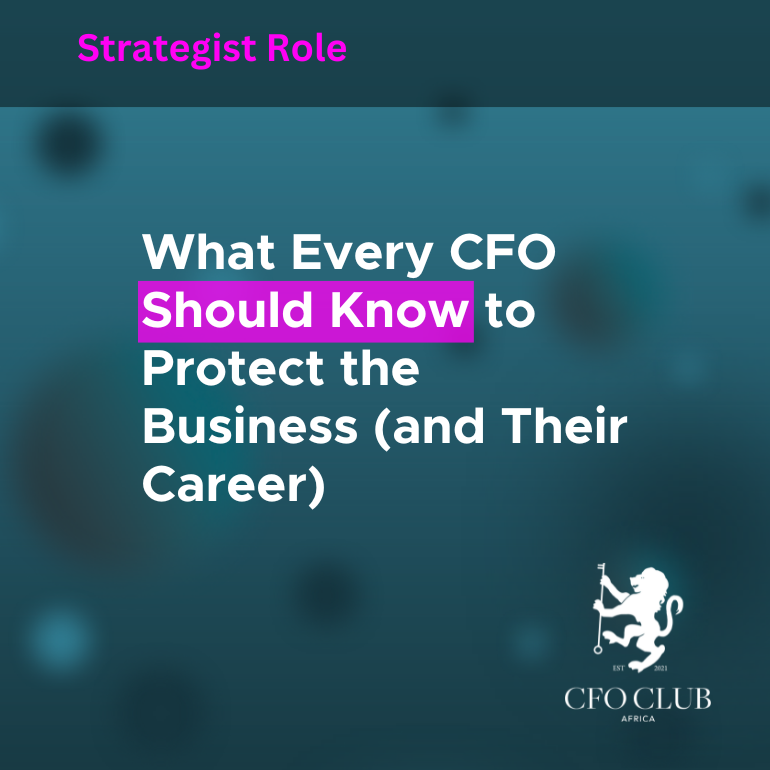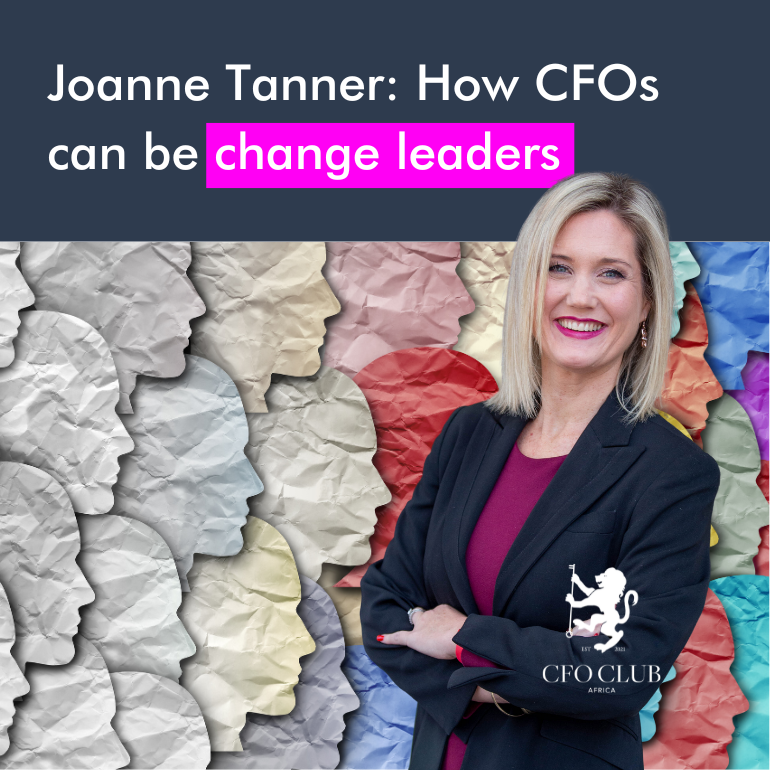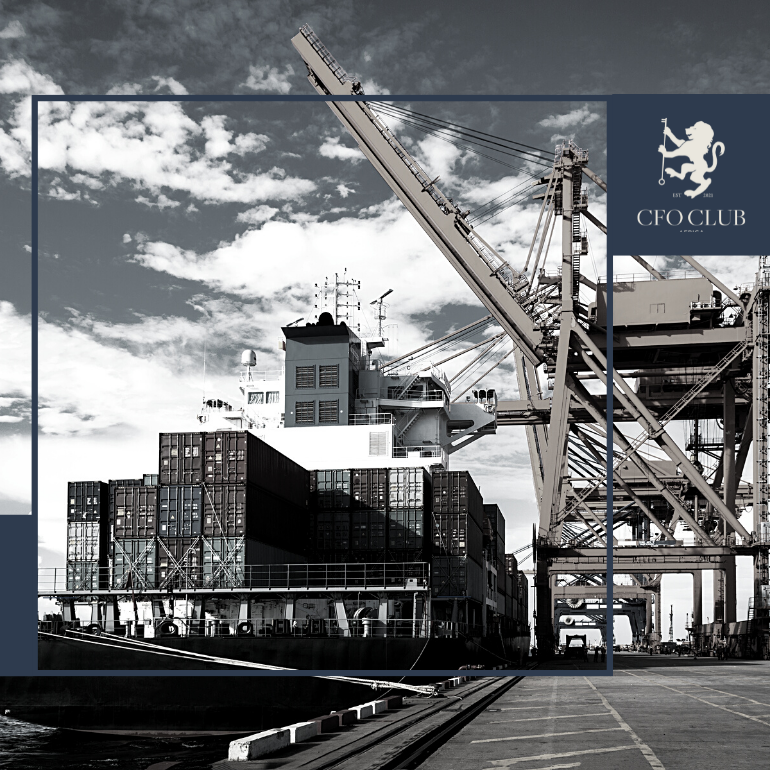What Every CFO Should Know to Protect the Business (and Their Career)
What Every CFO Should Know to Protect the Business (and Their Career)
You don’t need to be an actuary or compliance expert to understand risk. But if you’re a Chief Financial Officer, you absolutely need to know how to spot it, shape it, and shield your organisation from it. Risk management isn’t a luxury, it’s a core leadership function. And ignoring it can be the fastest way to damage not only your business, but your own professional credibility.
While many executives associate risk with compliance departments or specialist consultants, CFOs don’t have the luxury of passing the buck. The board expects more. The market demands more. And when something goes wrong—from a supplier collapse to a cyber breach—financial leadership is often the first-place people look for answers. Or worse, someone to blame.
This article is your guide to getting ahead of risk, before it gets ahead of you.
The Real Meaning of Risk for CFOs
Too often, “risk” is described in abstract or technical terms—terms that mean very little when you’re trying to meet payroll, manage cash flow, and keep the auditors happy. But for the CFO, risk is anything that can derail strategic goals, interrupt operations, or eat into the bottom line. It’s what threatens your forecasts, shakes investor confidence, and puts your reputation on the line.
And no, risk isn’t always external. Internal fraud, misaligned KPIs, and poor system controls can be just as dangerous as economic downturns or global pandemics. The challenge for finance leaders isn’t just recognising these threats, knowing how to respond in a way that keeps the business steady and stakeholders confident.
Moving From Reactive to Proactive
Many finance professionals only encounter risk when a crisis lands in their inbox. A tax penalty. A failed audit. A failed vendor. But truly effective CFOs treat risk as part of daily operations, not just an emergency checklist. Being proactive starts with something simple: asking the right questions before the pressure hits.
What would we do if our biggest client suddenly cancelled their contract? What if ransomware locked up our accounting system? What if a new regulation invalidated a key business model?
These aren’t hypothetical scenarios—they’re real-world risks that South African CFOs have faced in recent years. The businesses that survived (and even thrived) were led by finance executives who didn’t wait to be caught off guard.
Identifying and Prioritising the Risks That Matter
Let’s be honest—no one has time to mitigate every possible risk. That’s why prioritisation is critical. The goal isn’t to eliminate all risk. It’s to focus your time and resources on the ones that can do the most damage.
Start by identifying your top vulnerabilities. Use a practical risk matrix to assess both the likelihood and potential impact of each scenario. A minor stockout might annoy customers. A single-point-of-failure supplier, however, could shut down your operation completely. Know the difference and allocate attention accordingly.
This kind of prioritisation doesn’t require a big-budget consulting firm. It requires input from people on the ground, your procurement team, your IT lead, your ops manager. Risk doesn’t live on a spreadsheet; it shows up in processes, conversations, and missed deadlines. Pay attention to those.
Response Tactics: Don’t Just Plan—Decide
Once you’ve mapped your major risks, it’s time to make decisions. Not just generic action plans, but clear, conscious choices. In risk management terms, there are four responses you can make to any threat: treat it, tolerate it, transfer it, or terminate it.
Treating the risk means taking proactive steps to reduce it—like tightening controls, diversifying suppliers, or introducing better tech. Tolerating it means living with the risk because it’s low impact or too costly to change. Transferring it involves moving the burden to someone else—through insurance, outsourcing, or contracts. Terminating means stopping the activity altogether.
Too many finance leaders stop at “identifying” risks and never make these decisions. But the real power (and protection) comes when you document and implement your choices—so you’re not left scrambling for answers when something goes wrong.
When Crisis Hits: Be the One With the Plan
Even with the best foresight, things still go wrong. The difference between chaos and control often comes down to one factor: whether you’ve prepared.
Business continuity plans, disaster recovery strategies, and crisis communication protocols are no longer just for IT or HR—they are board-level priorities. But they don’t have to be 50-page manuals. In fact, the most effective plans are often one-page checklists that outline who does what, when, and how.
If a supplier fails, do you know the alternatives? If your finance system crashes, how fast can you recover data? If the media catches wind of a scandal, who speaks to the press? These are questions every CFO should have answers to, long before anyone else asks them.
Culture and Communication: Making Risk Everyone’s Job
One of the biggest mistakes CFOs make is trying to manage risk in isolation. Finance doesn’t have a monopoly on risk intelligence. Often, your sales staff, factory supervisors, or junior clerks will spot issues long before they become crises.
Create a culture where people are encouraged to raise concerns, report anomalies, and think ahead. Risk-awareness training, regular cross-functional reviews, and open communication lines all contribute to building an organisation that’s resilient by design—not by luck.
And remember: your leadership sets the tone. If you treat risk as a tick-box exercise, so will your teams. If you treat it as a strategic advantage, they’ll follow your lead.
Career Upside: Turn Risk Into Your Strategic Superpower
This isn’t just about protecting the business—it’s about protecting your career. Boards and CEOs are actively looking for finance leaders who can think beyond numbers and offer real strategic foresight. A CFO who can confidently guide the business through uncertainty is more than a number-cruncher—they’re an indispensable asset.
In fact, risk competence can set you apart in a crowded leadership field. It shows that you understand the broader context, that you can manage complexity, and that you’re prepared to lead under pressure.
Final Thoughts: Stay Two Steps Ahead
Risk will always be part of business. You can’t avoid it, but you can manage it—wisely, deliberately, and strategically. That’s not just good practice. It’s good leadership.
So ask yourself: when the next big risk hits, will you be the one caught off guard—or the one holding the plan that keeps everyone calm?
Smart CFOs don’t wait to be surprised. They lead from the front, turn risk into resilience, and make themselves invaluable in the process.





